Feedback & NPS survey email
Customer feedback fuels growth. Well-timed NPS emails achieve 30–40 % response rates when optimised.
Use this template to gather actionable insights without feeling spammy, and to segment promoters from detractors for tailored follow-ups.
10 Stunning Mockups of Feedback & NPS survey email template
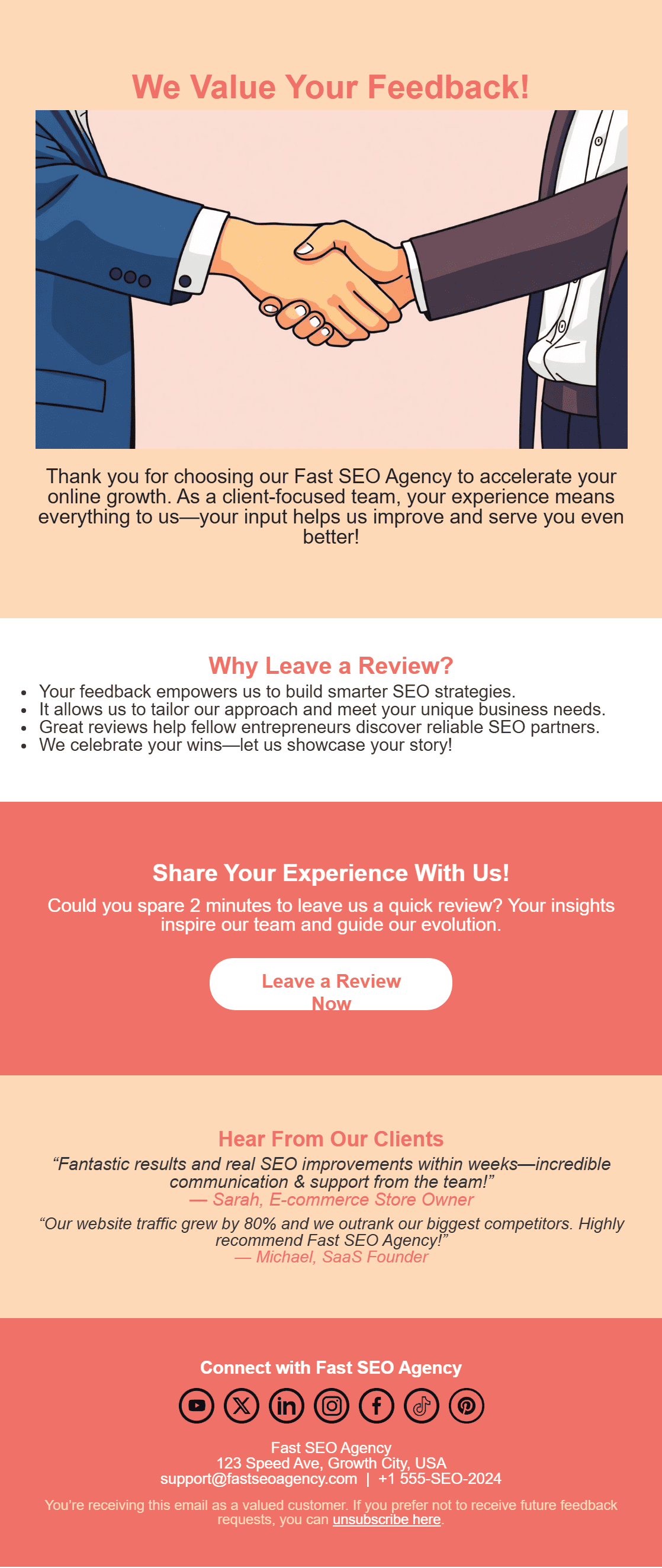
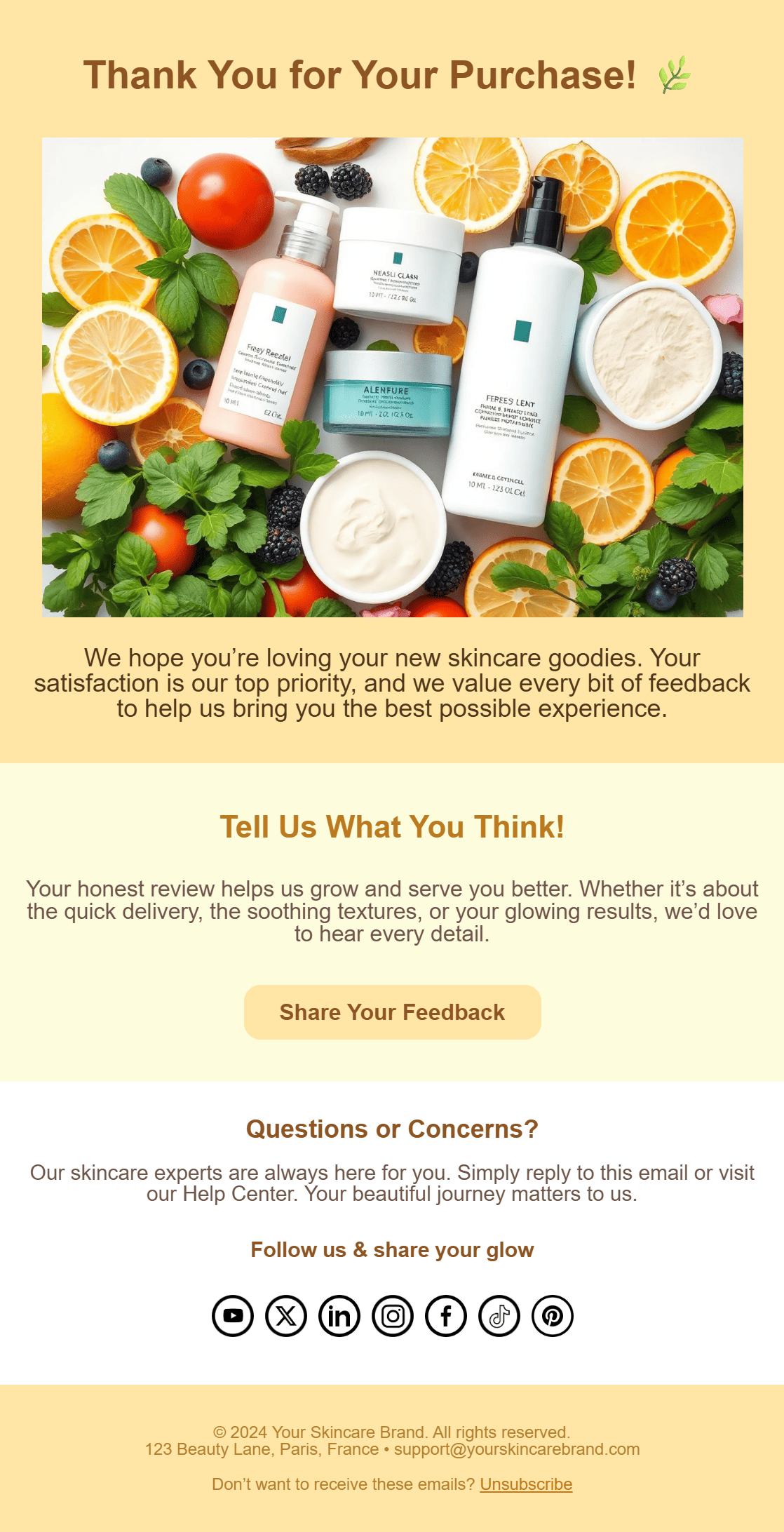
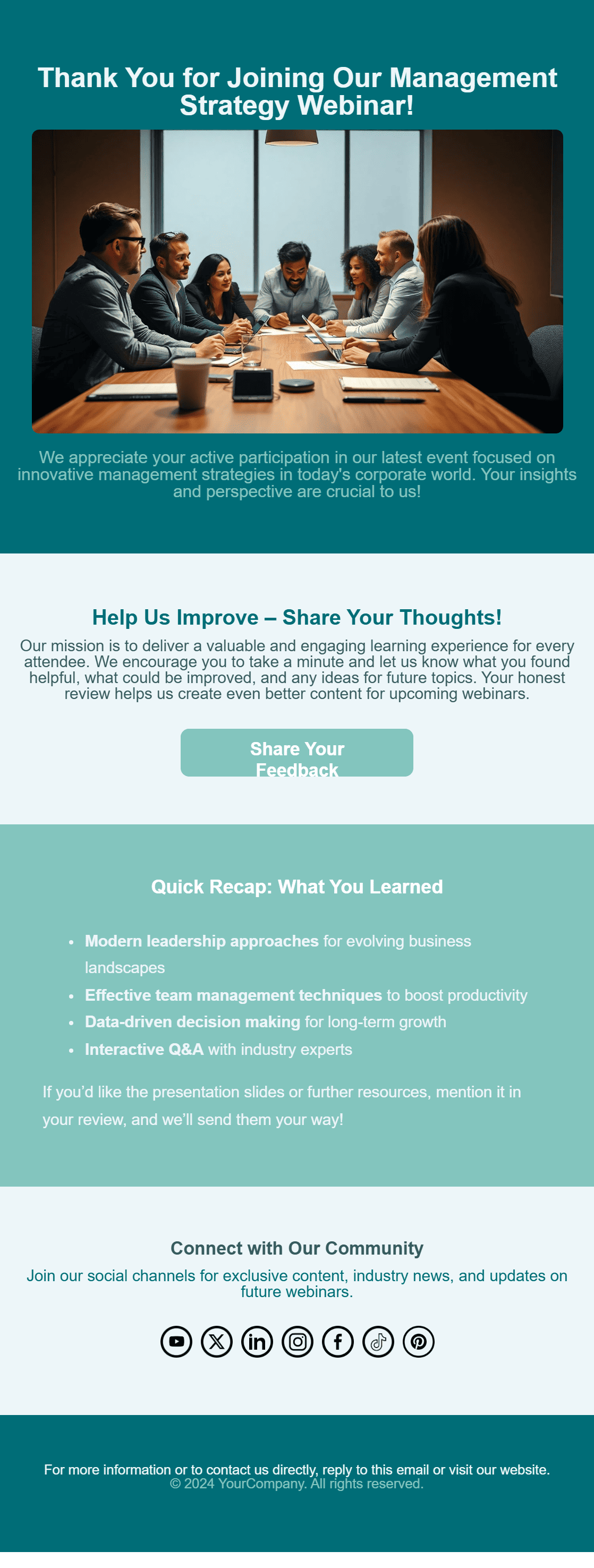

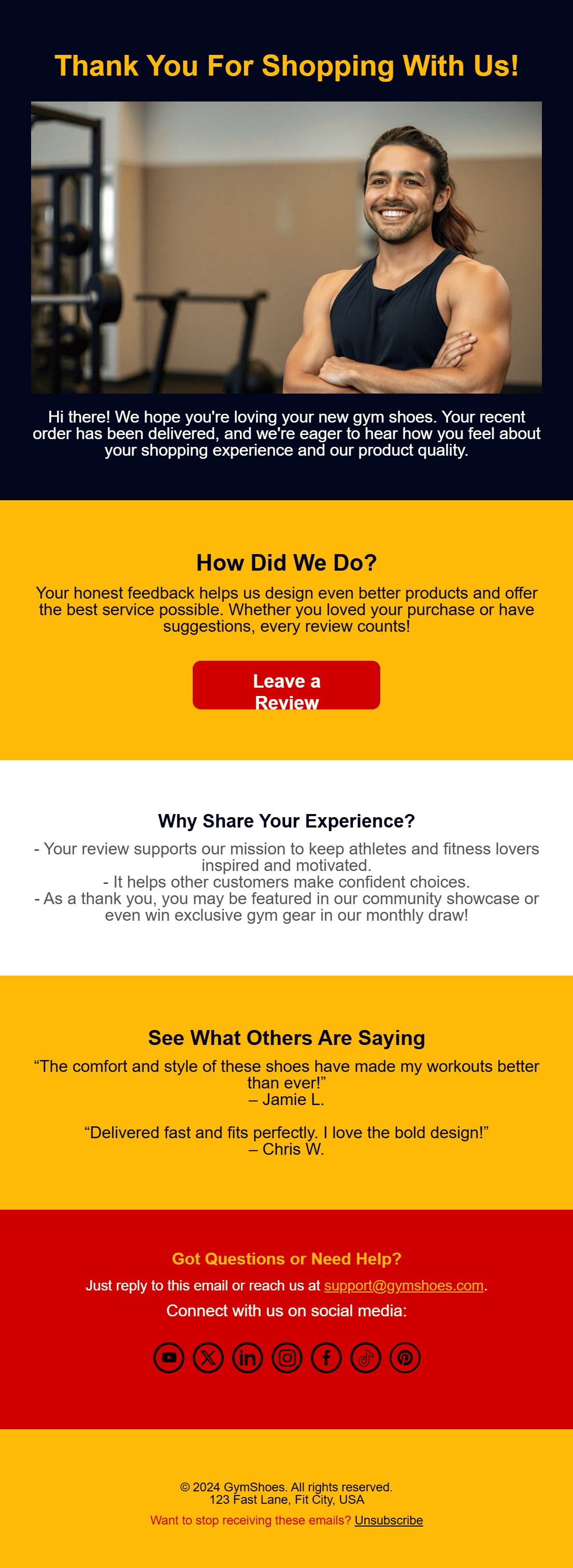





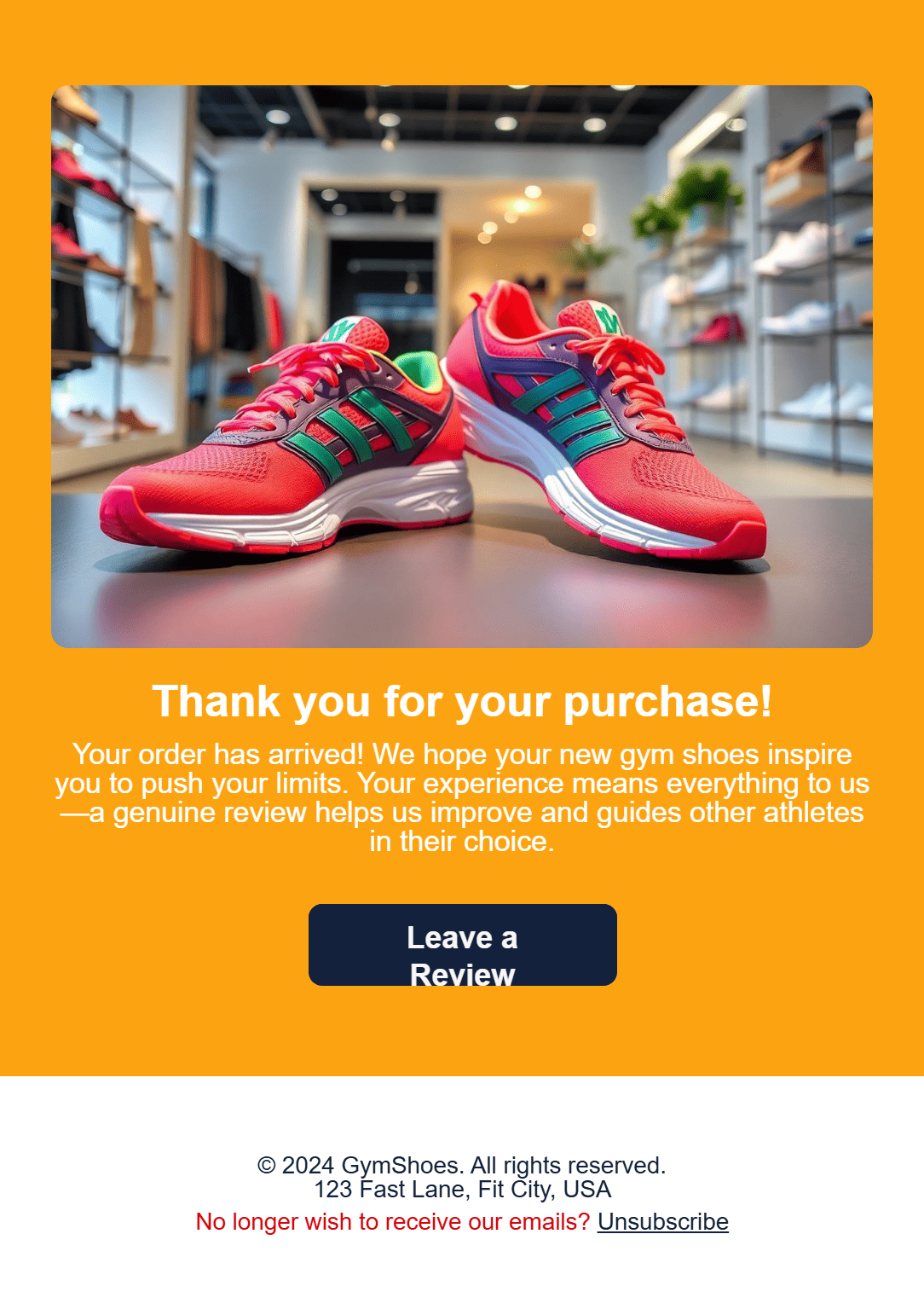

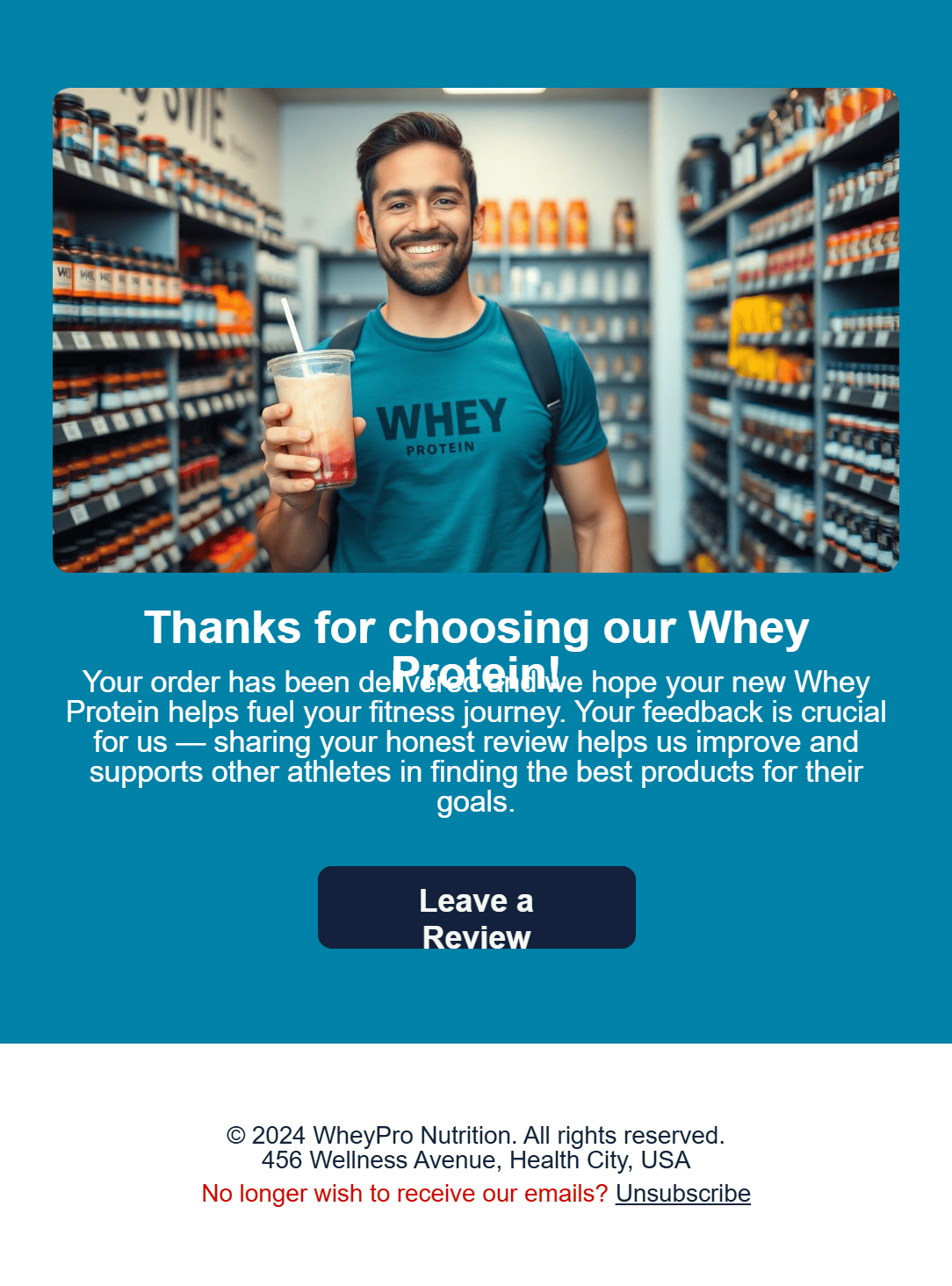
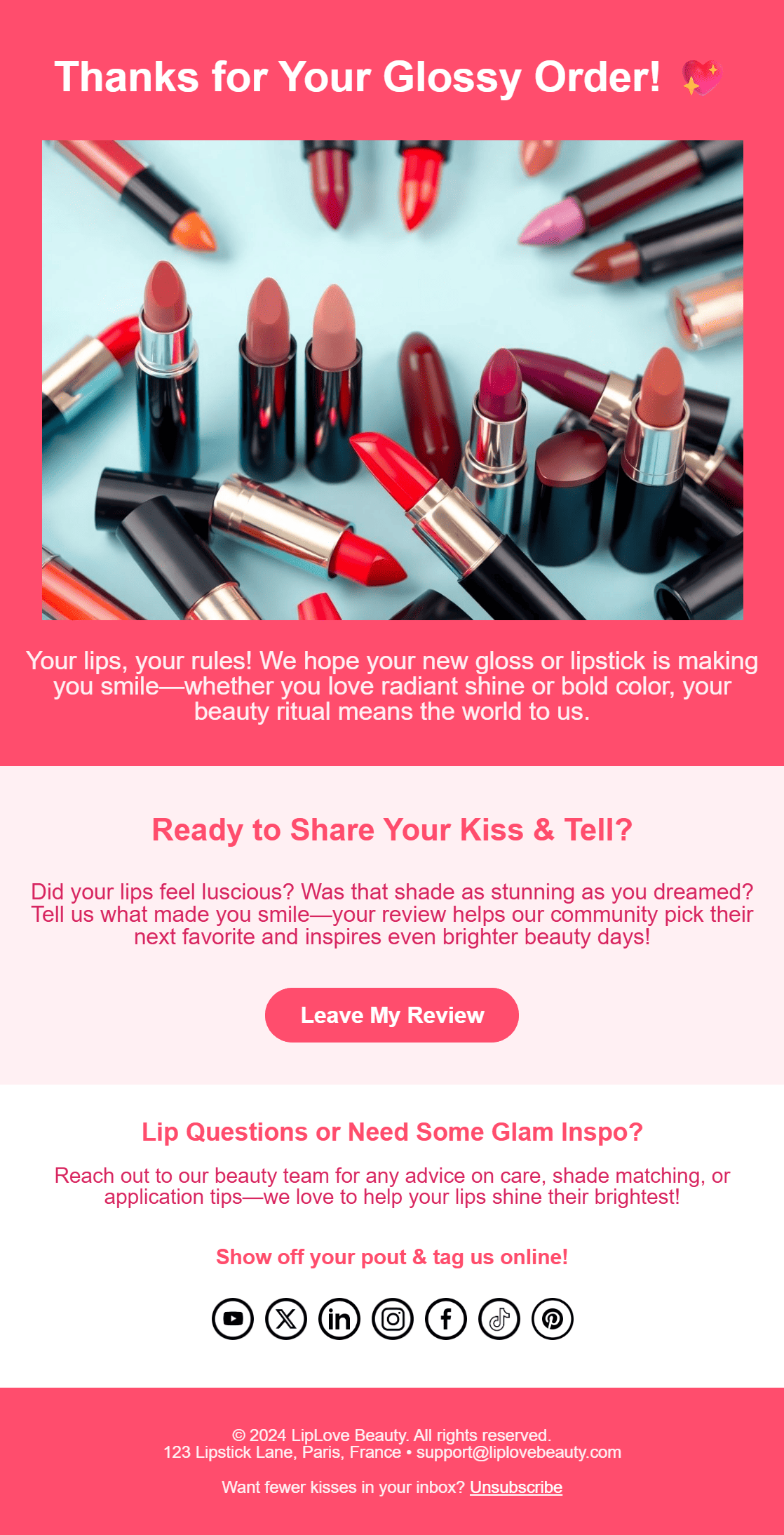
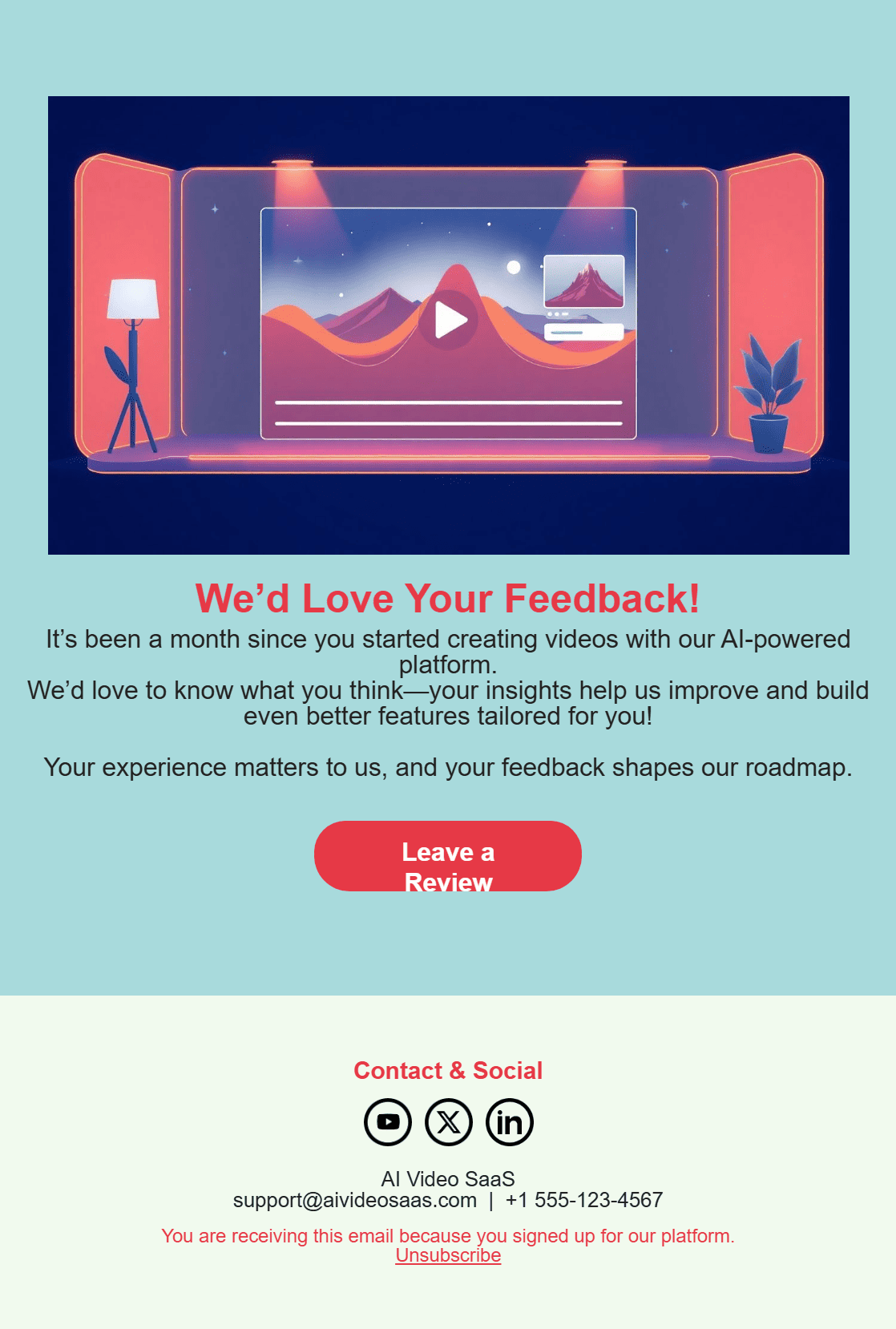





What is an NPS email?
A Net Promoter Score email asks users to rate how likely they are to recommend your product on a 0–10 scale, then collects qualitative follow-up. The results help you spot promoters, identify pain points, and guide roadmap decisions.
Why feedback emails matter
Product direction:
Promoter/detractor themes highlight roadmap priorities.
Churn prediction:
Detractors are 3× more likely to cancel within 90 days, giving you time to intervene.
Referral engine:
Promoters referred 2.3 new users on average last year (Bain, 2024).
CSAT complement:
Unlike CSAT, NPS tracks long-term brand loyalty, crucial for retention-driven businesses.
How to do it in 5 easy steps
- 1
Trigger after milestone (e.g., 30 days of use).
- 2
Ask the 0–10 NPS question up front.
- 3
Route scores <7 to a follow-up ‘We’d love specifics’ text box.
- 4
Thank promoters and invite them to share on social.
- 5
Analyse scores monthly and close feedback loops.
Best Practices
1. Keep it one-screen
Higher completion when rating + follow-up fit on the first viewport.
What's good: Use in-email buttons, not external survey links.
Tip: Fallback to plain-text link for clients blocking forms.
2. Personal sign-off
Emails signed by the founder/PM feel more authentic.
What's good: ‘Your feedback goes straight to my inbox – {{founder_name}}’.
Tip: Embed founder headshot (60 × 60 px) for a human touch.
3. Close the loop
Respond to detractor comments within 48 h to reduce churn risk by 29 %.
What's good: Automate Zendesk tickets for scores ≤6.
Tip: Publicly thank promoters to reinforce positivity.
4. Tag and act on feedback
Don't let insights die in a spreadsheet, operationalise them.
What's good: Auto-tag responses by topic (UX, performance, pricing).
Tip: Share a ‘You said, we did’ roundup quarterly to build loyalty.
10 High-Converting Welcome Email Subject Lines
- {{first_name}}, got 30 seconds for us?
- Quick question: rate us 0–10
- How likely are you to recommend {{company}}?
- Help shape our roadmap (+ chance to win)
- Your opinion really matters
- Tell us how we’re doing
- 1 click = better product
- We’re all ears 👂
- Survey inside: takes 30 s
- Share your thoughts (and snag swag)
Frequently asked questions
When’s the best time to send an NPS email?
30 days after activation for new users, and quarterly or post-major release for existing customers.
What’s a ‘good’ NPS score?
It depends on your sector. For SaaS: 30+ is healthy, 50+ is excellent, 70+ is rare and world-class.
Are incentives okay?
Yes, as long as they’re disclosed transparently. Gift cards, raffle entries, or branded swag can boost response by 10–15 % without biasing the score.
Should I follow up with every score?
Not all, but definitely detractors (≤6). Promoters (9–10) should get referral nudges or G2 invites.
Can I automate the feedback analysis?
Yes, use tagging or AI-powered sentiment tools to cluster feedback into actionable themes (UX, support, features).
What’s the difference between NPS and CSAT?
CSAT measures satisfaction with a recent experience; NPS reflects long-term loyalty and brand perception. Both have value, but serve different goals.
